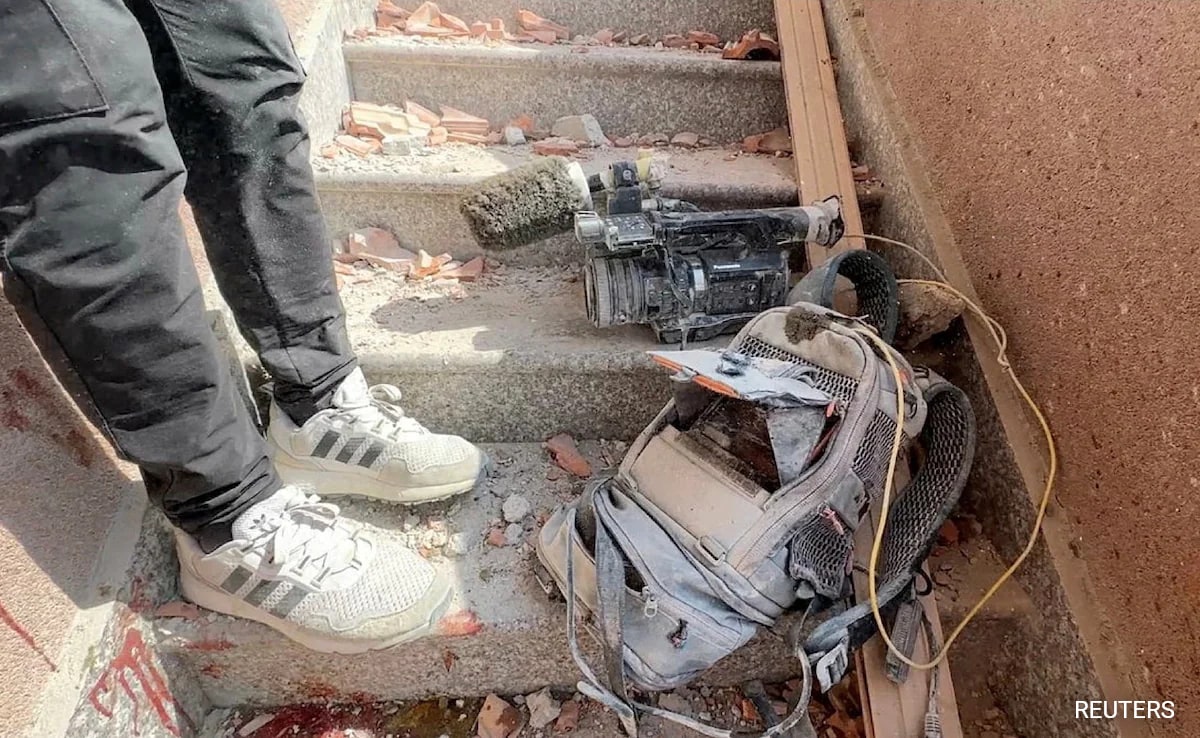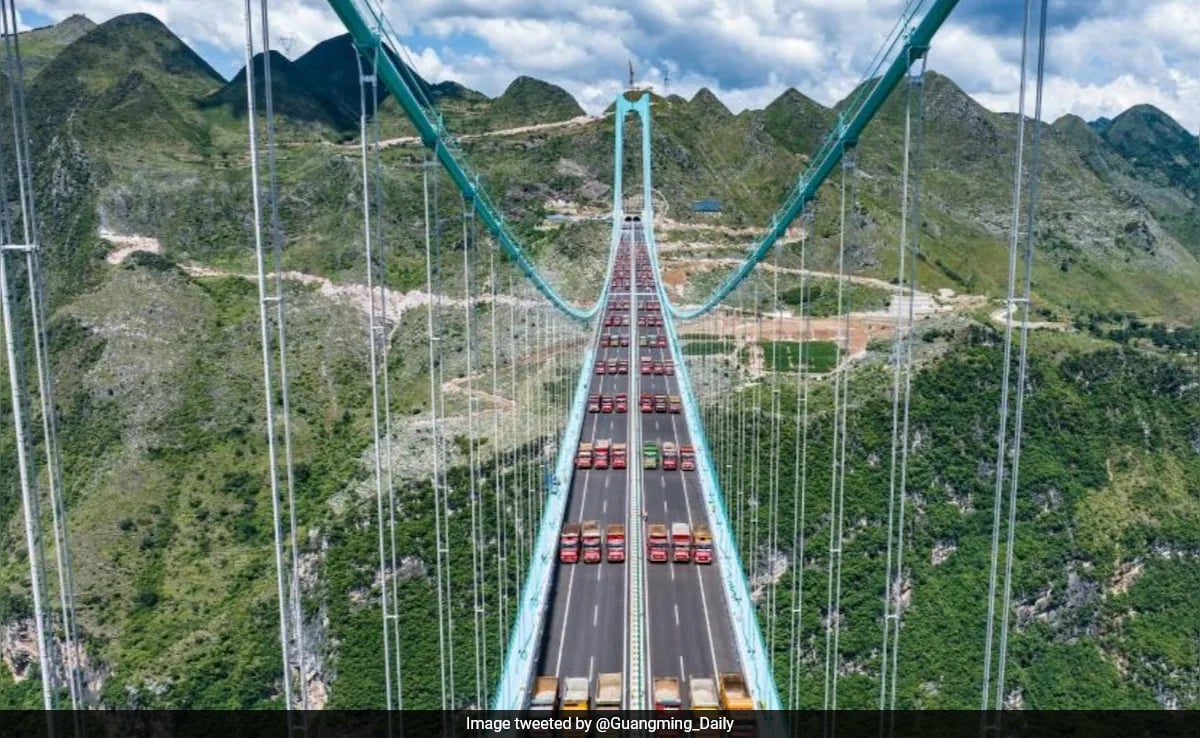He has been living with the dead for a year, since war erupted in Ethiopiaâs Tigray region. Tigrayans, a minority of some 6 million, were encircled as a falling-out with Prime Minister Abiy Ahmed, the 2019 Nobel Peace Prize winner, turned deadly. It became an ethnic clash when Amhara fighters from a neighboring region allied with Ethiopiaâs government poured in.
Many Tigrayans joined the fight. But in his Stockholm apartment, Desta Haileselassie decided to compile a list of Tigrayan victims, name by name.
It is slow, difficult work. Almost all communication with Tigray has been cut off, and foreign media is banned.
Desta issued pleas on social media for help. He made dozens of phone calls, then hundreds more.
âThere are days when I end up crying the whole evening,â Desta says softly. âThis is the least I can do to help my people.â
Now, a year on, he has confirmed 3,080 names of the dead. The Associated Press has verified 30 of them, speaking with families and friends.
Victim Number 2,171 was Gebretsadkan Teklu Gebreyesus, shot dead by soldiers in the presence of his two young sons. Victim 1,599, Zeray Asfaw, was a bridegroom pulled from his wedding party and killed. Victim Number 2,915 was Amdekiros Aregawi Gebru, an ambulance driver gunned down while driving a woman in labor to a clinic.
Destaâs list does not include ethnic Amhara, some of the warâs latest victims after Tigray forces started moving toward Ethiopiaâs capital.
A team of investigators with the Amhara Association of America has its own list of Amhara killed, which has reached 1,994.
Experts say the lists represent just a fraction of the dead.
Desta is certain that every Tigrayan has lost someone. But the thought of adding one name especially close to him is too much to bear. It brings him to tears every time she is mentioned.
He calls her Amlishaway.
She is his mother.
___
Victim Number 51: Haben Sahle
Destaâs list includes 102 children.
Haben Sahle, 15 years old, was a top student in the border town of Zalambessa. Weeks after the war began, a trio of Ethiopian Orthodox priests broke the news of his death to his relatives in California.
But it took five more months for his uncle Angesom to reach his sister by phone for details. She told him Ethiopian soldiers, and allied ones from Eritrea, were killing men and teenage boys.
She tried to hide Haben Sahle, but the soldiers fired into their home and killed the boy.
âIf this is not genocide,â Angesom says, âthere will be nothing that will be labeled as genocide.â
More than 90% of the names on Destaâs list are of men and boys, reflecting accounts that they were often singled out for killing.
___
Victim Number 70: Sibhat Berhe Desta. âKilled with other civilians by the Eritrean soldiers near Goda Bottle and Glass Share Company.â
On Dec. 23, a phone connected. It was Destaâs brother in the Tigray capital, and he was in tears.
Eritrean soldiers had forced their uncle Sibhat Berhe Desta and 18 other relatives to do manual labor, then killed them. Family members were forbidden to bury the bodies for 20 days, a grotesque practice meant as further insult to the dead.
Desta has not yet grieved. First, the fighting must end, he says.
Until then, he worries about his mother.
âSheâs a very brave woman, and sheâs my best friend,â Desta says.
In December he was shocked to hear that with no other way to communicate inside Tigray, his mother had walked more than 130 kilometers, or 80 miles, to the regional capital, Mekele, to see whether relatives were still alive.
In her late 50s, she hiked through mountainous terrain, sometimes sleeping in caves, taking part in a perilous migration by many Tigrayans searching for loved ones in the chaos.
She could have been killed any second, Desta thought.
On Jan. 4, or 62 days after the war began, he finally reached his mother by phone.
As they slipped back into daily conversations, he hit ârecordâ each time.
He feared each call might be their last.
___
Victim Numbers 333 and 334: Meaza Goshu and Kalayou Berhe. âKilled a few days after their wedding.â
Victim Number 1,577: Aba Gebreselassie. âHe was an Orthodox Christian monk.â
The death toll is one of the biggest unknowns of Ethiopiaâs war.
Among the worldâs most successful projects in counting the dead is The Kosovo Memory Book. It is a near-comprehensive, well-funded list of people killed in a war that lasted for less than two years. But it is updated even now.
Determining Ethiopiaâs death toll will be considerably more difficult, says Michael Spagat, chair of the nonprofit Every Casualty Counts. With communications links severed, itâs impossible to conduct even a standard sample survey of households. The warring sides have claimed tens of thousands of deaths among fighters alone.
Spagat puts the chances of reaching a final toll at âpossibly never.â
___
Victim on the Amhara side: Mekonen Girma, a farmer
Much of the war now occurs in the Amhara region. Tewodrose Tirfe, the chairman of the Amhara Association of America, is trying to learn how many people are being killed.
âWe just donât have the bandwidth to investigate every atrocity,â he says.
His team seeks out survivors like Zewditu Tikuye, who says her husband, Mekonen Girma, was killed in July as Tigray forces swept in. He had stayed behind with their cattle.
âI wish I died with him,â she says. Now she raises seven children alone.
Amhara and Tigrayans had lived peacefully for many years, she says. She is not sure they can coexist in the future.
Tewodrose believes as many people as possible should document the horrors of the war.
But his group only counts Amhara. And Desta only counts Tigrayans.
âI have to prioritize my people,â Desta says.
___
Victim Number 3,081: Yet to come
Itâs impossible not to fear the worst.
Starvation is sweeping Tigray under the blockade. Tigray forces have approached the capital, Addis Ababa. Ethiopiaâs government calls it an âexistential war.â
Desta hasnât spoken with his mother since June 26, when the phone no longer rang through.
Alone in his apartment, he turns to his recorded calls from his mother in Tigray.
He presses âplay.â
____
Anna reported from Nairobi, Kenya.
___
Ethiopia coverage: https://apnews.com/hub/ethiopia-erasing-ethnicity
.png)











 English (United States) ·
English (United States) ·  Turkish (Turkey) ·
Turkish (Turkey) ·